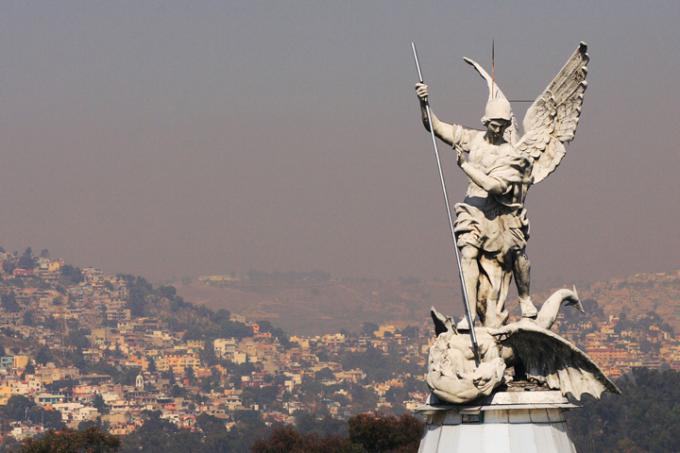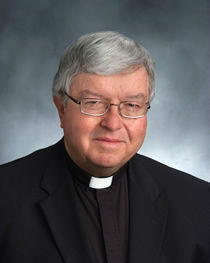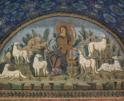
Faith
The intention for which the prayers were said changed over time. Originally they were offered for the temporal sovereignty of the Holy See but later began to be said for the conversion of Russia.

Doyle
Q. I had attended a nearby Catholic church for more than 20 years. But now I have been driving 40 minutes to another parish because of changes to restore "old traditions" at my local parish.
One of them is the common recitation of the prayer to St. Michael the Archangel immediately after Mass. I find it inappropriate to speak of St. Michael and Satan right after we have been charged to "go in peace to love and serve the Lord."
At my former parish, I felt hostage to a small minority who tried to control my post-Mass thoughts and feelings instead of letting me leave Mass with the joy of the Eucharist. (Iowa)
A. The prayer to St. Michael was part of a group of prayers called the Leonine prayers that were said in Catholic churches following Mass from 1884 until 1965. They were originally introduced by Pope Leo XIII and stemmed from a vision he reportedly had of Satan wanting to destroy the church.
The intention for which the prayers were said changed over time. Originally they were offered for the temporal sovereignty of the Holy See but later began to be said for the conversion of Russia.
During the Second Vatican Council, a Vatican instruction implementing the Constitution on the Sacred Liturgy decreed that the Leonine prayers were suppressed and would no longer be used. But the recitation of the prayer to St. Michael has been making a "comeback," and a number of parishes are now reciting that prayer following Mass.
There has been no official Church declaration that this prayer should be resurrected; if your parish is using it, that is most likely a determination by the local pastor -- although it could simply be the choice of a group of parishioners who have decided to pray together after Mass.
In any case, you might want to speak with the pastor of your former parish to let him know of your discomfort with this particular prayer and the fact that it seems to dim the joy with which you should be leaving Mass.
Q. Our seventh-grade religion class would like to know why we have to wait until high school to receive the Sacrament of Confirmation. We believe that we are ready to receive the gift of the Holy Spirit by the time we are in eighth grade, which would complete the process of initiation into our Catholic community. (Albany, New York)
A. The age at which confirmation is administered varies across the United States, and the choice is made by the local bishop. The Church's Code of Canon Law says, "The Sacrament of Confirmation is to be conferred on the faithful at about the age of discretion unless the conference of bishops has determined another age" (No. 891).
In 2000, the U.S. Conference of Catholic Bishops decreed that confirmation should be administered "between the age of discretion and about 16 years of age, within the limits determined by the diocesan bishop."
In several U.S. dioceses, confirmation is now conferred on children at seven or eight years of age; only after they are baptized and confirmed do these children receive first Communion. Your own bishop evidently feels that students in high school are best able to understand what the sacrament means and how it should guide an individual's future in the Catholic community.
If you feel -- as some do -- that eighth grade is the more strategic and less confusing time for that thought process to take place, you should make your feelings known to your bishop.
- Father Kenneth Doyle is a columnist for Catholic News Service
Recent articles in the Faith & Family section
-
Popular devotions and the liturgyFather Robert M. O’Grady
-
The Fight for Our FaithMaureen Crowley Heil
-
The shepherd's voiceScott Hahn
-
Scripture Reflection for April 21, 2024, Fourth Sunday of EasterJem Sullivan
-
The new Temple: How Easter changes religionDr. R. Jared Staudt


















